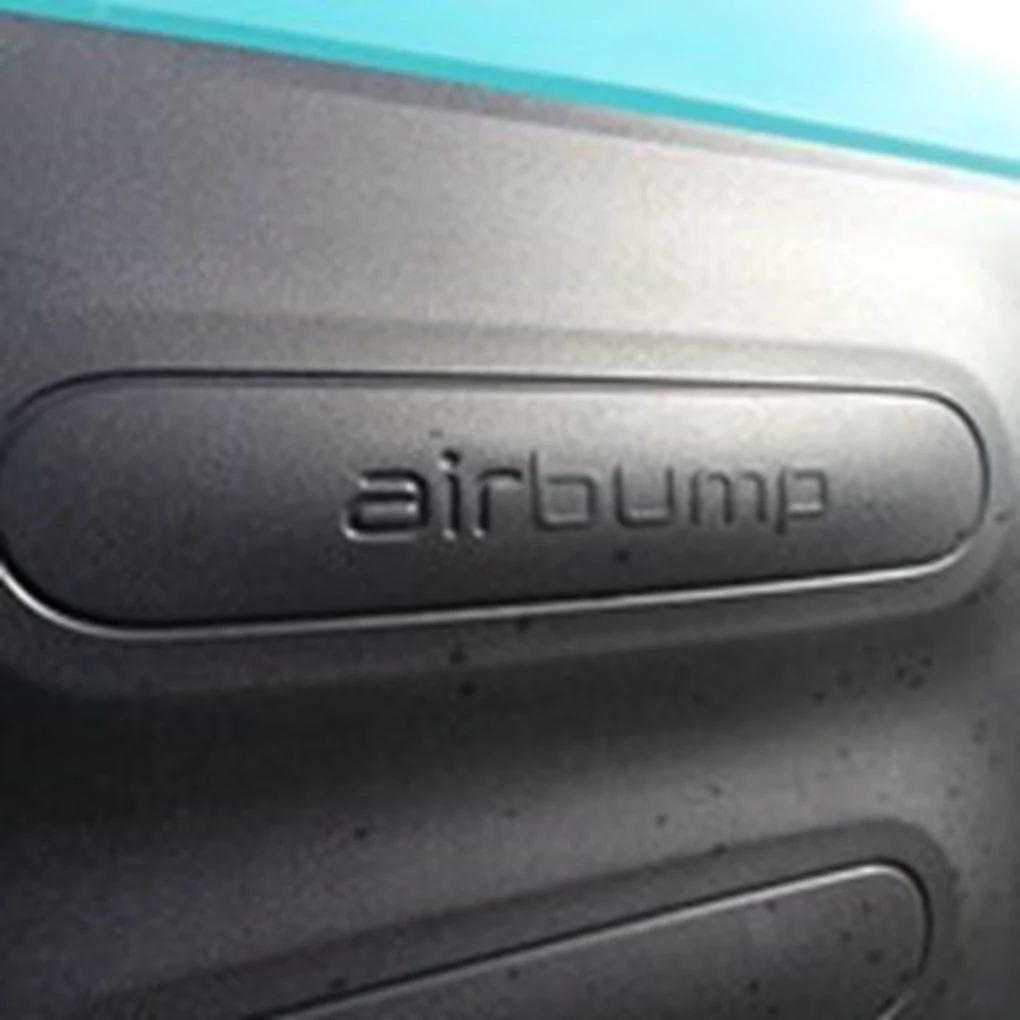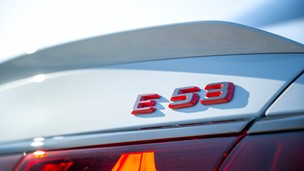A radical family car - with added air bumps.
Introduction
Times are a-changin’ at Citroen with its radical new car, the C4 Cactus, claiming people’s attention in a way that most modern cars fail to do.
It’s a weird one to categorise: seen as a crossover rival to some, it competes with the Renault Captur and Peugeot 2008. But, in many ways it’s more fitting to liken it to conventional hatchbacks such as the Ford Focus or Peugeot 308.
Compared to its siblings, it’s slightly smaller in length than the standard C4, but with the same wheelbase and height, although ride height is more elevated on the Cactus. Despite those similarities, it’s actually built on the same platform as the C3 and DS3, albeit a stretched version.
Wherever you want to position it, the most striking element of the car are the side airbumps, which not only show innovative design, but also protect against knocks with the plastic made up of air capsules to absorb impacts. And there are four colours to choose from, in combination with ten paint options, helping customers buy into the current car customisation craze.
The originality doesn’t stop there, with a sofa-bench-like design in the front, while Citroen also claims impressive running costs, comfort and so-called “useful technology", but more of that later.
With a weight reduction of 200kg over the C4, there are a few oddities in this car to achieve that saving, which has a positive knock-on effect to running costs and handling. So, is it worth all the hype?
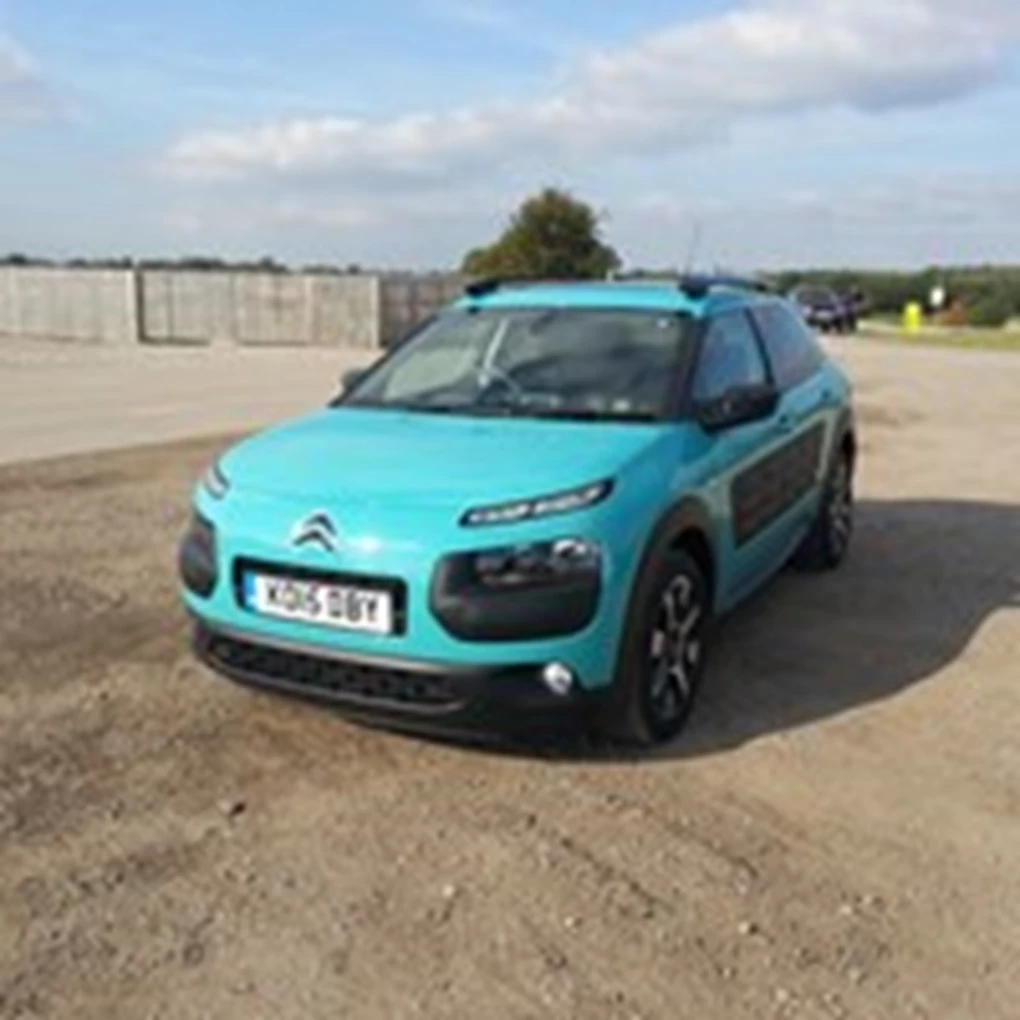
Performance
The new three-pot 1.2-litre 108bhp turbo unit, the PureTech 110, already seen in the Peugeot 308, replaces the four-cylinder family and is mated to a five speed gearbox. Citroen claims this new engine is 25% lighter, internal friction losses are reduced by 30% and it emits 25% less CO2.
All four petrol engines use the same 1.2-litre powerplant but are tuned differently; the line-up starts with the entry-level PureTech 75, then the PureTech 82, a stop/start version of the latter and our test car.
There are also two diesels, the e-HDi 92 and BlueHDi 100. The latter is likely to be the most popular in the entire line-up thanks to good running costs.
The PureTech 110 hits 0-60mph in 9.3 seconds with a top speed of 117mph. Of course, this sort of car isn’t about speed, but it still shows willingness on the road, making it a nippy number around town, and proving itself happy on the motorway too.

Ride and Handling
For a car that seems extremely style conscious, or at least conscious of looking samey, it drives surprisingly well and if you take it down a twisty road you can certainly have fun chucking its lightweight body about the place. The Cactus has well-weighted steering for its cause, which is fairly sharp and direct for a sensible family car.
It also holds grip on corners well, though there’s a little body roll to note. It’s all really comfortable ride-wise and copes with uneven surfaces on the road with ease.
The main complaint with this car is refinement, which suffers. No doubt this is due to weight reduction, meaning some noise-protecting materials have been stripped out, but there’s noticeable cacophony from the engine, wind and other cars at higher speeds. While it’s worth noting, it’s certainly not bad enough to put buyers off this car.
The main complaint with this car is refinement, which suffers. No doubt this is due to weight reduction.
Did you know?
The air bumps on the Cactus are made from TPU (Thermoplastic Polyurethane) and contain tiny air capsules that help prevent scratches and bumps.
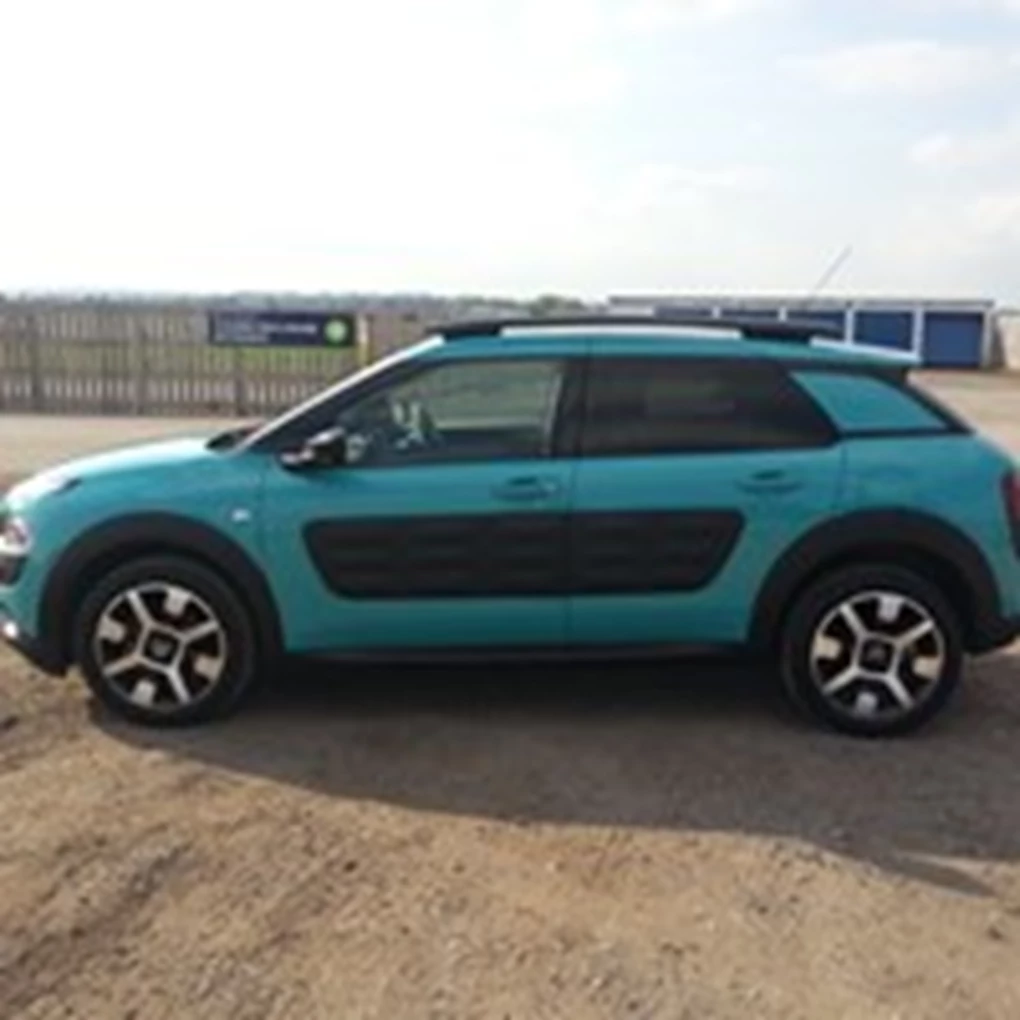
Interior And Equipment
While the Cactus’ exterior is remarkable, the interior is possibly even more so. First, there’s that front bench-like seat, which means seats are wide and flat, making it accessible and airy.
Citroen has followed the cheesy trend of creating fun names for trim levels: Touch, Feel and Flair. We tested the latter, which includes satnav, Bluetooth, reversing camera and automatic lights and wipers. Our extras include the posh glass roof, claimed to be heat-protective without need for a sunblind, and park assist.
The Cactus is intended to be low-cost and there’s no doubt about that when you examine the cheap plastics on the inside. But, despite that, Citroen has impressively managed to make the interior look fairly expensive, with leather-look touches and a smart seven-inch touchscreen to control all of its systems.
And then there’s the useful technology. Driving aids include that reversing camera, hill-start assist and static corner lights which provide an extra beam of light to illuminate the inside of bends and is intended to improve visibility and safety at corners and junctions.
With a focus on de-cluttering the cabin, there’s also plenty of space, with loads of big cubby holes dotted around. The glovebox, meanwhile, opens from the top, making it far more reachable than the average, and holds the USB port. This unusual positioning has been achieved by moving the front passenger airbag into the roof. Pretty clever, Citroen.
Space for people is also ample in the front and rear. Especially-tall passengers will suffer on head room, but that’s the exception. Luggage room is 358 litres which isn’t bad, but the Renault Captur has 377 litres and the Peugeot 308 has an enormous 470 litres. The boot lip is also impractically large, which will make loading a little tricky.
Other complaints are largely due to weight saving – the rear bench folds in one piece and there are only pop-out windows in the back – which are unlikely to keep small people happy.
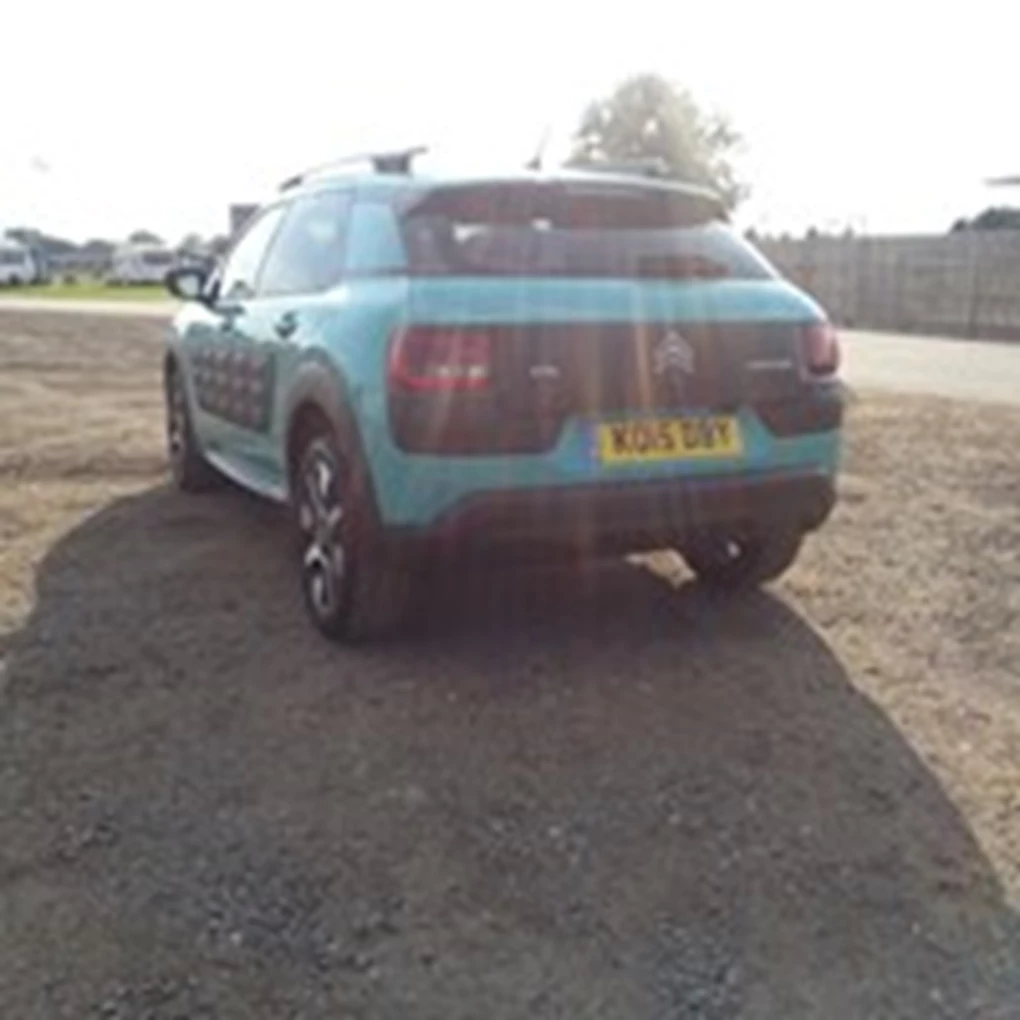

Cost
Running costs are impressive with the most frugal BlueHDI 100 emitting 82g/km and offering fuel consumption of 91mpg with 15-inch steel wheels. With 16-inch alloys, this worsens to 87g/km CO2 and 83mpg. The PureTech 100 emits 107g with official fuel consumption of 60.1mpg.
It can be tough when it comes to price comparison with the Cactus as its shape and functionality is so mixed and matched. The Cactus is however cheaper than similar models like the Nisan Juke and Skoda Yeti.
Something to bear in mind - Citroen is offering a new kind of leasing system with the car, inspired by mobile phone contracts, with customers able to opt for a monthly flat-rate or a mileage-based cost, both of which will cover financing, insurance and servicing and exclude fuel.
It can be tough when it comes to price comparison with the Cactus as its shape and functionality is so mixed and matched. The Cactus is however cheaper than similar models like the Nisan Juke and Skoda Yeti.
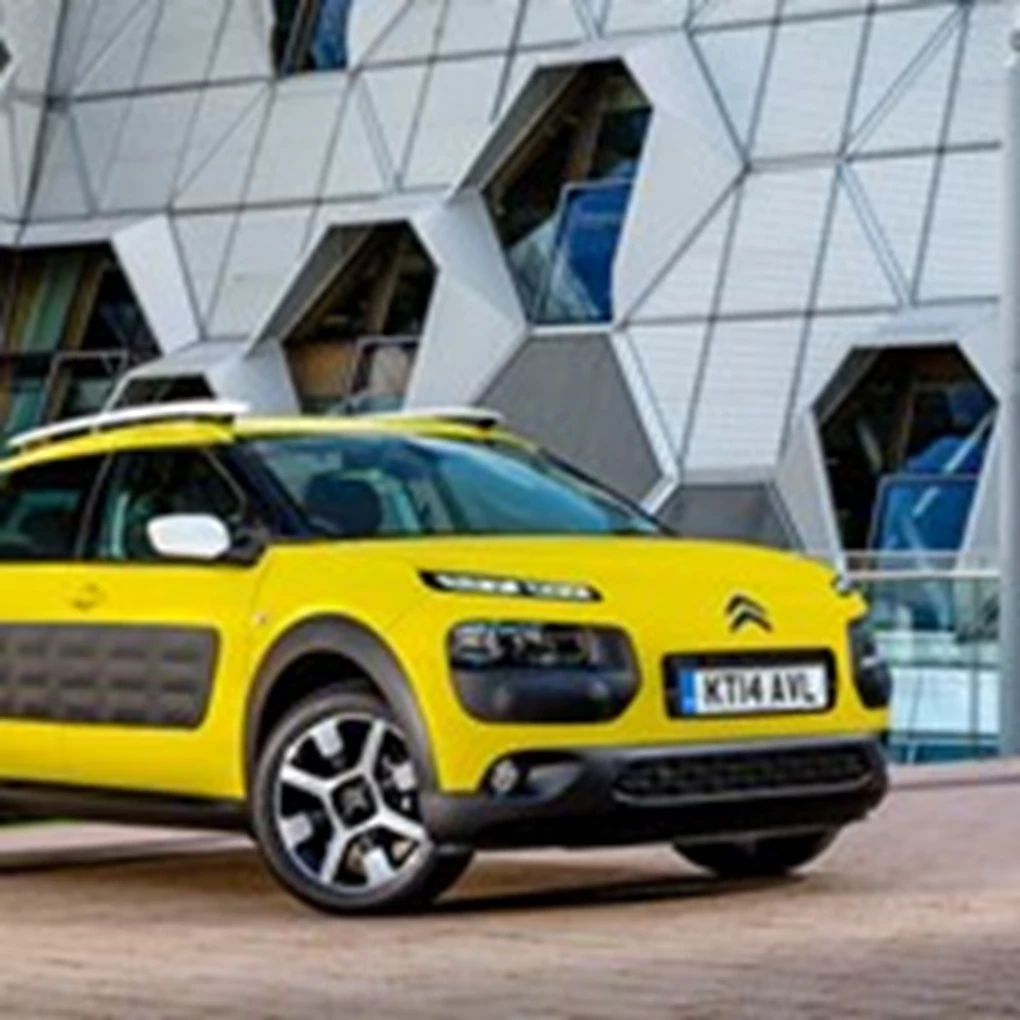
Our Verdict
The Cactus is a breath of fresh air, which will be divisive in its looks. People will either embrace its originality or give it a wide berth. That aside, it ticks a lot of boxes with decent practicality, lots of comfort, and it’s pretty good on the road too.
It’s ‘hard to place’ nature may actual play to the Cactus’ advantage when it comes to sales as many will be attracted to its unique appeal. Putting a stamp on exactly who will buy it can be tough, but one thing is for sure, it will turn heads on the forecourt.
Well-tempered to its buyers, this is a bolshy but brilliant move from the French carmaker.
